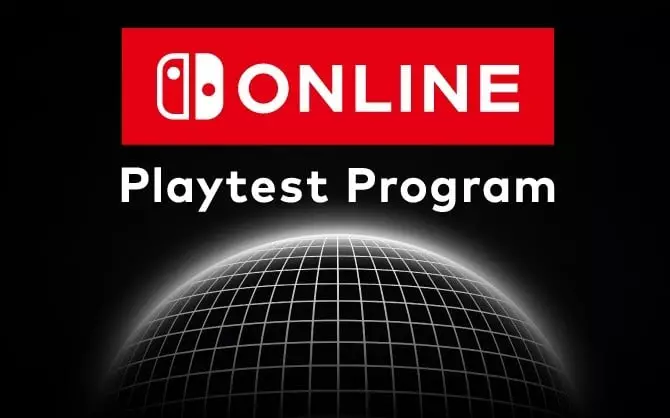Nintendo’s latest initiative to expand its playtest program demonstrates a strategic push to engage dedicated players directly in the development process. By offering early access to upcoming software on both the Switch and Switch 2, Nintendo is not merely testing technical capabilities but fostering a sense of community involvement. This approach transforms the typical publisher-developer-player dynamic into a collaborative experience, allowing gamers to influence and witness the evolution of gaming titles firsthand. Such transparency not only invigorates fan loyalty but also provides valuable feedback for refining gameplay before official releases.
The emphasis on exclusivity and early access is a calculated move in an increasingly competitive market. Limited spots—initially capped at 40,000 participants worldwide—heighten the allure for avid players eager to be first in line. Participation requirements, notably an active Switch Online + Expansion Pack membership, reinforce the platform’s ecosystem loyalty while generating additional subscriptions. This synergy between hardware, software, and online services underpins Nintendo’s broader strategy of cultivating a comprehensive gaming environment.
Anticipating the Impact of Cross-Generation Testing
Testing across both the original Switch and the newer Switch 2 signals Nintendo’s confidence in maintaining software compatibility across generations. This seamless transition facilitates not only smoother innovation for the company but also reassures users that their investment remains viable, even as hardware evolves. Offering the playtest on multiple devices broadens accessibility and signifies Nintendo’s commitment to inclusive gaming experiences.
Furthermore, the timing of this playtest—just days before the launch of the Nintendo Switch 2—highlights the company’s tactical marketing: building anticipation for new hardware while simultaneously energizing the existing user base. The inclusion of the Switch 2 in testing suggests confidence that the new device will uphold Nintendo’s standards for quality and performance, possibly hinting at significant upgrades that can be rigorously tested before full public release.
The Challenge of Maintaining Secrecy in a Digital Age
Historically, Nintendo’s strict non-disclosure policies aimed to preserve the surprise surrounding upcoming titles and hardware, but these rules have proven increasingly difficult to enforce. The leak of footage and gameplay from previous playtests underscores how dedicated fans and opportunistic leakers can circumvent restrictions, potentially disrupting marketing plans and diminishing surprise elements.
The latest playtest continues this trend of secrecy, yet it also raises questions about Nintendo’s ability to control information in an age dominated by social media. While restricting discussion encourages exclusive participation, it perhaps also fuels speculation and unauthorized dissemination from within the community. This balancing act illustrates the inherent tension between control and transparency—Nintendo’s challenge is crafting an environment where genuine testing flourishes without the risk of leaks undermining the company’s strategic secrets.
In essence, Nintendo’s renewed focus on extensive playtesting reflects a broader evolution in the gaming industry—one that blends innovation, community engagement, and cautious secrecy. As players get the chance to explore upcoming titles early, the company not only gathers critical insights but also reinvigorates its role as a player-centric innovator in an increasingly crowded digital landscape.

